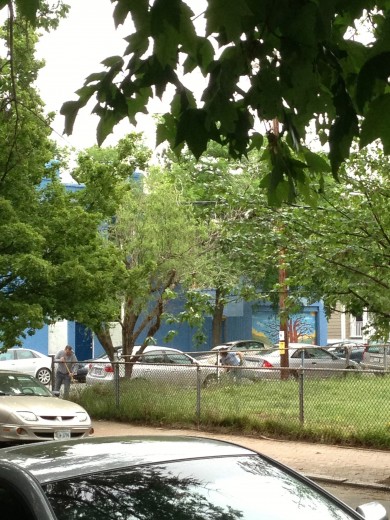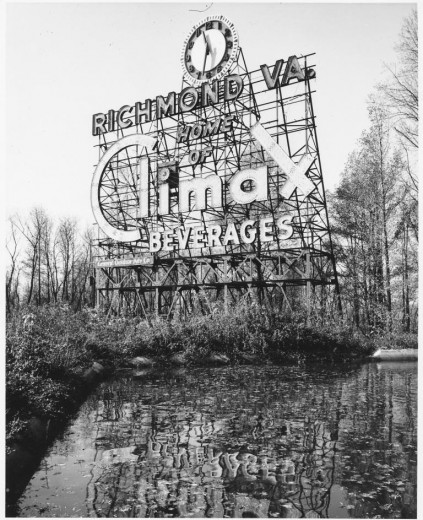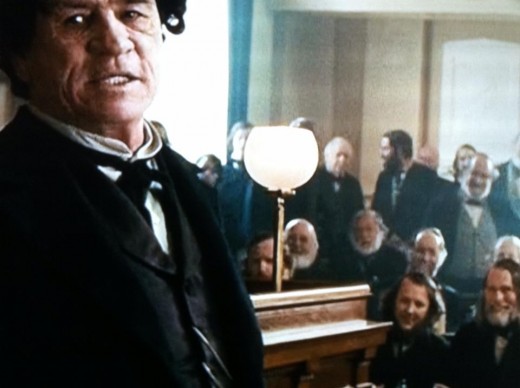Several neighbors took time yesterday to do some badly needed volunteer yard work on Pleasants Park.
Why is it called Pleasants Park?
From the Richmond Friends website (click here for link):
Robert Pleasants, who was born at Curles in Henrico County, Virginia in 1723 and died in 1801, was one Virginia’s most noted Quaker abolitionists. As one of the founders of the Virginia Abolition Society in 1790, he served as president. In 1782 he successfully lobbied for the Manumission Act, which, within one decade, was responsible for freeing over ten thousand slaves in Virginia. In 1792 Mr. Pleasants submitted a petition to the U.S. Congress from the Virginia Abolition Society calling for the end of the slave trade. Mr. Pleasants went to court repeatedly to free hundreds of slaves. He wrote to Virginia leaders such as George Washington and Patrick Henry, asking that slavery be abolished.
Several of these documents are contained on this website.In 1784, two years after manumitting his slaves, Mr. Pleasants founded the Gravelly Hill School, the first school for free blacks in Virginia, and set aside 350 acres of land to maintain the schools. Henrico Parks and Recreation will dedicate a historic maker on the Gravelly Hill Site in 2003.
The Oregon Hill Neighborhood Association successfully petitioned the Richmond City Council in 2003 to name Pleasants Park at 401 South Laurel Street for Robert Pleasants.
This is history that is not part of the new Liberty Trail.



